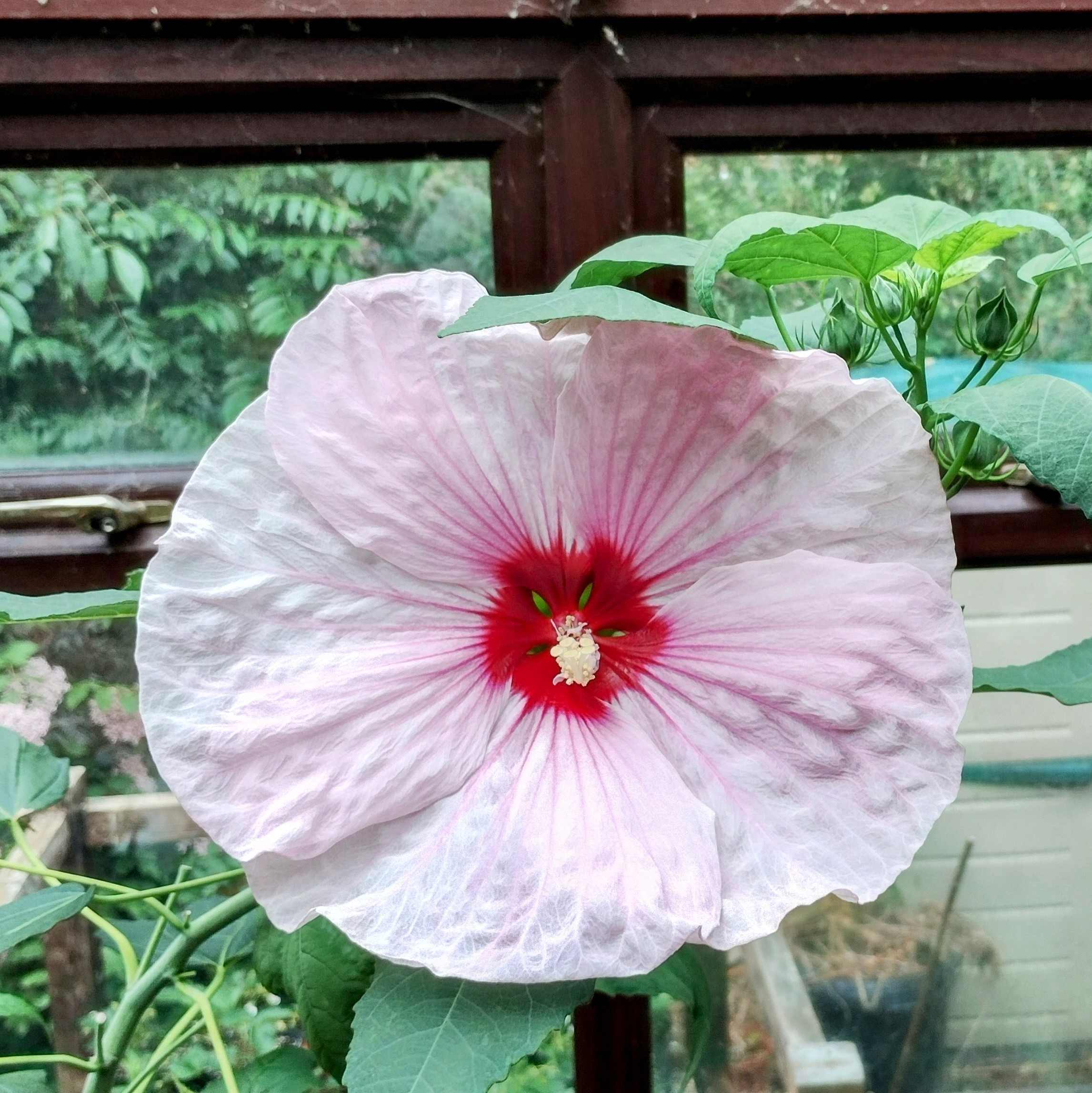Why Reverse Osmosis Water Is Ideal for Plant Tissue Culture
Plant tissue culture is a highly sensitive scientific process that demands absolute purity in every component, especially the water. One of the most effective ways to achieve this level of purity is by using a Reverse Osmosis (RO) water filtration system. RO systems remove nearly all impurities from tap water, making them a top choice for researchers, hobbyists, and commercial growers involved in plant tissue culture.
In this article, we’ll explore the reasons why reverse osmosis water is the optimal choice for plant tissue culture and how it contributes to successful, contaminant-free growth.
What Is Reverse Osmosis Water?
Reverse Osmosis (RO) is a water purification process that uses a semipermeable membrane to remove ions, molecules, and larger particles from drinking water. It effectively removes:
- Heavy metals (e.g., lead, arsenic)
- Chlorine and chloramine
- Fluoride
- Bacteria and viruses
- Dissolved salts and minerals
- Organic compounds
This filtration process yields high-purity water that is free from most contaminants found in municipal tap water or well water sources.
Importance of Water Quality in Plant Tissue Culture
Water quality is a cornerstone of plant tissue culture. Since the process involves growing plant cells in an artificial, sterile medium, any impurities or contaminants in the water can compromise the entire culture. Poor water quality can lead to:
- Microbial contamination
- Nutrient imbalance
- pH instability
- Reduced growth rates
- Callus necrosis or tissue browning
Therefore, it is vital to use the purest water possible to maintain sterility and consistency across experiments or commercial production.
Benefits of Reverse Osmosis Water in Tissue Culture Labs
1. Consistent Water Quality
Reverse osmosis systems consistently produce water with a very low Total Dissolved Solids (TDS) count. This reliability means each batch of culture medium is made with the same water quality, ensuring reproducibility in experiments and growth conditions.
2. Sterility and Contaminant Reduction
RO systems remove bacteria, viruses, and organic matter that could otherwise contaminate cultures. This greatly reduces the risk of infection and microbial growth within culture vessels.
3. Improved Nutrient Absorption
Impurities like calcium, magnesium, and iron in tap water can bind with nutrients in the culture media, making them unavailable to the plant tissue. RO water eliminates this issue, allowing plants to absorb the full spectrum of nutrients provided.
4. Stable pH and EC Levels
RO water has a nearly neutral pH and negligible electrical conductivity (EC), providing a clean slate for precisely controlled media formulation. This stability is crucial for optimising growth parameters and minimising variability.
5. Extended Equipment Lifespan
Using RO water helps reduce scale buildup and mineral deposits on lab equipment such as autoclaves, pipettes, and glassware. This means lower maintenance costs and less frequent replacements.
6. Cost-Effective in the Long Term
Although the initial cost of an RO system may seem high, it reduces the need for purchasing expensive laboratory-grade distilled water over time. It also lowers costs associated with contamination-related culture losses.
7. Eco-Friendly Solution
Producing your own high-purity water using reverse osmosis reduces the need for plastic containers and bottles associated with store-bought distilled or deionised water. It’s a more sustainable choice for environmentally conscious labs.
Comparison: Reverse Osmosis vs Other Water Sources
| Water Source | Purity Level | Cost | Suitable for Tissue Culture |
|---|---|---|---|
| Tap Water | Low | Low | No |
| Distilled | High | Moderate | Yes |
| Deionised | High | High | Yes |
| RO Water | Very High | Low (long-term) | Yes |
Setting Up a Reverse Osmosis System for Tissue Culture
If you're planning to set up a plant tissue culture lab, integrating a reverse osmosis system is straightforward:
- Choose the right system – Consider a system that offers multi-stage filtration and includes activated carbon filters.
- Install a TDS meter – Monitor the water quality to ensure it remains below the recommended TDS threshold (usually <10 ppm).
- Regular maintenance – Replace filters and membranes as recommended to ensure consistent performance.
Tips for Using RO Water in Plant Tissue Culture
Store in sterile containers – Use clean, sealed containers to prevent recontamination.
- Combine with UV sterilisation if needed – For ultra-sterile environments, UV sterilisation can be added as a final purification step.
- Monitor media pH – Since RO water lacks buffering ions, always check and adjust the pH after media preparation.
- Label your water sources – Keep RO water clearly labeled and separated from other types of water to avoid mix-ups.
Final Thoughts
Using reverse osmosis water in plant tissue culture is not just a preference; it's an essential component of success. The high level of purity, consistency, and cost-effectiveness makes RO water a top-tier choice for any tissue culture setup, from home-based hobbyists to commercial operations.
Investing in a quality reverse osmosis filtration system will pay off in reduced contamination risks, improved plant growth, and more reliable research outcomes. If you’re serious about your plant tissue culture work, RO water is an investment you can’t afford to overlook.
Review
The Reverse Osmosis Water Filter System I use was purchased from a company here in the UK. Even before I embarked in Plant Tissue Culture I had an RO Water Filter in the kitchen. Just before I started PTC I purchased and installed the very latest system. Make sure you purchase your replacement filter from a reputable source. I use UK Water Filters for my RO system and replacement RO Filters.

